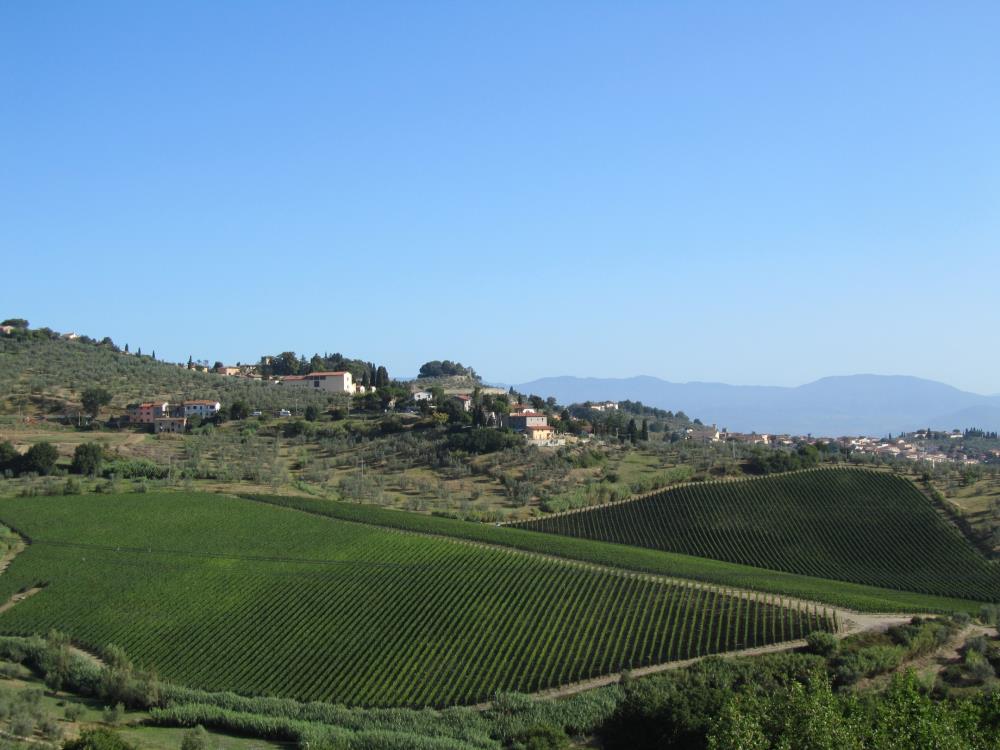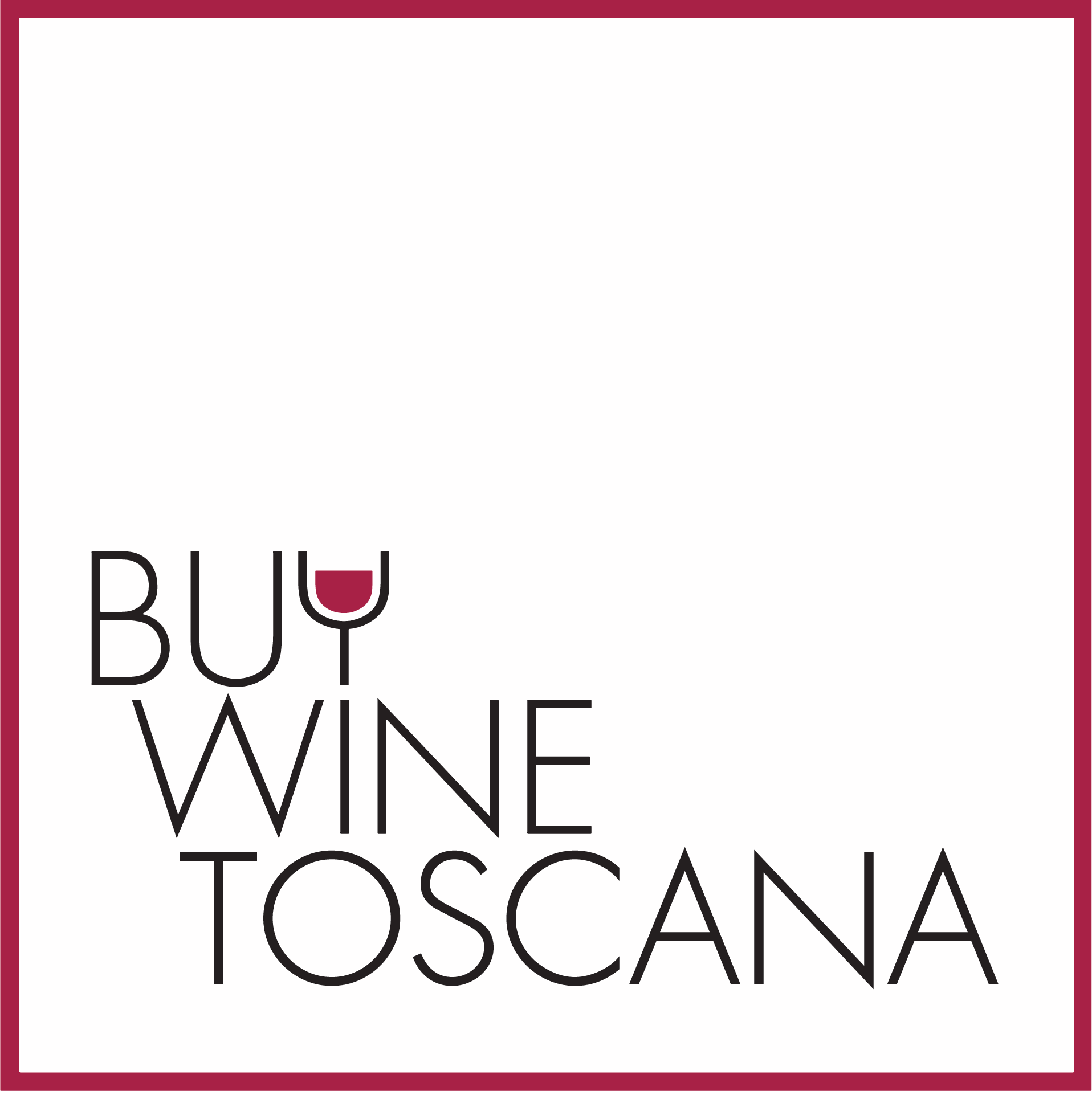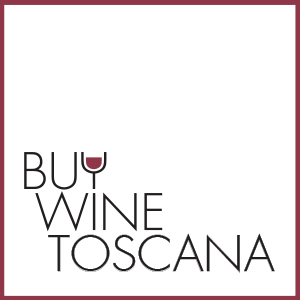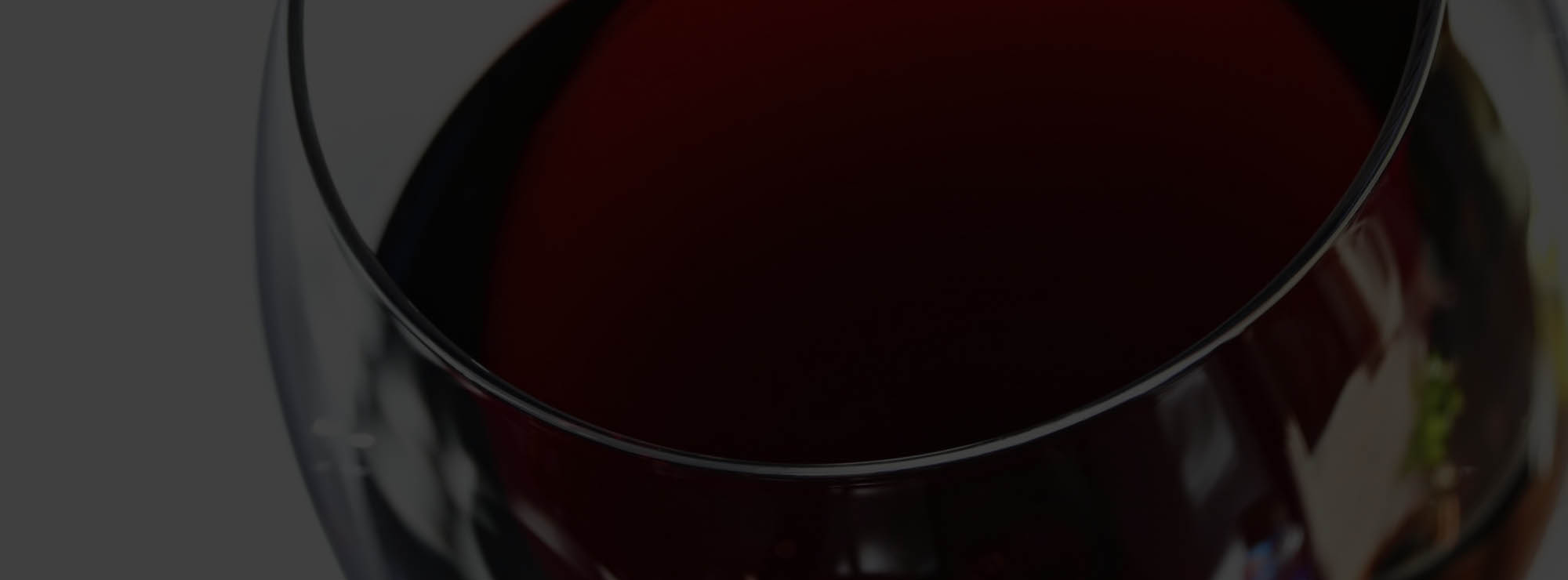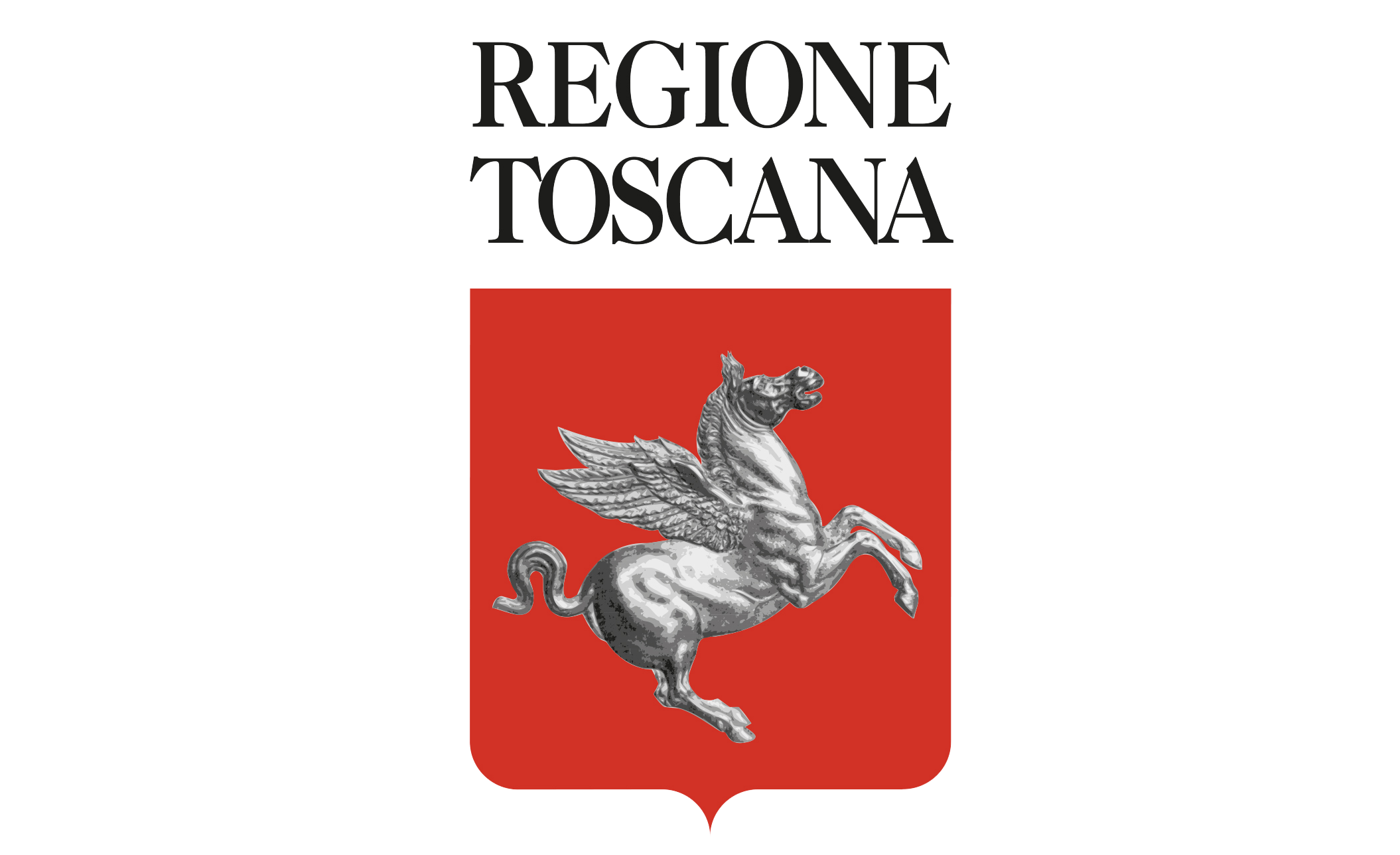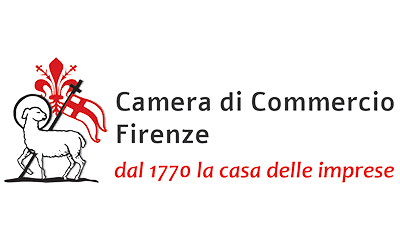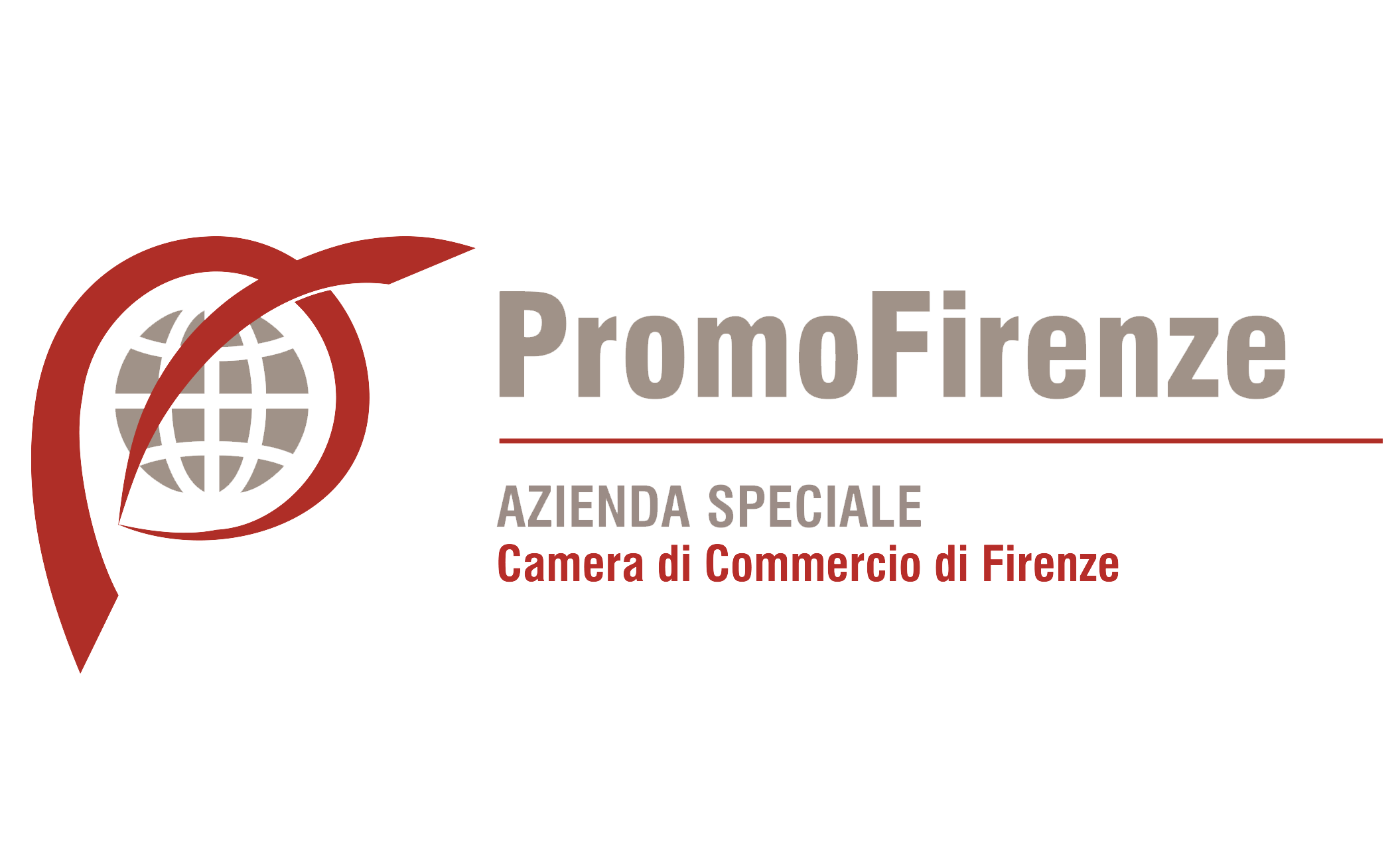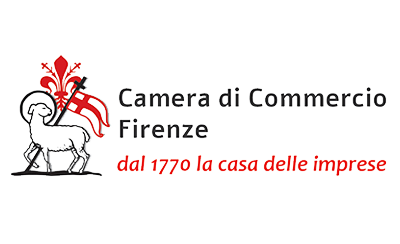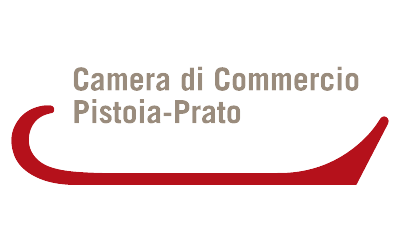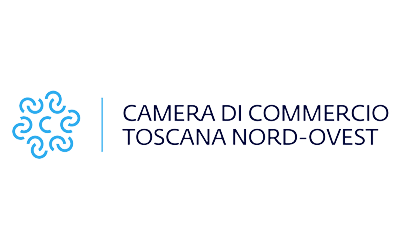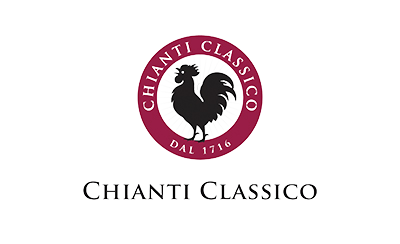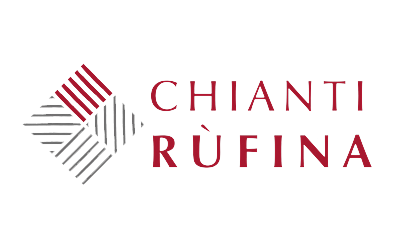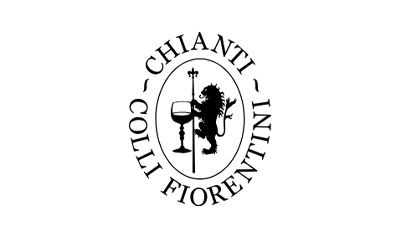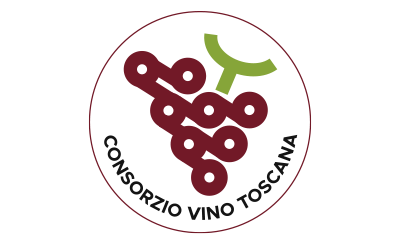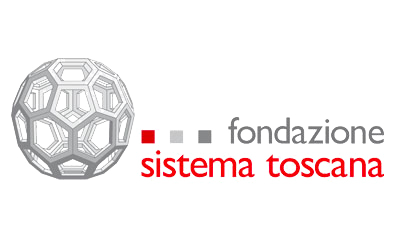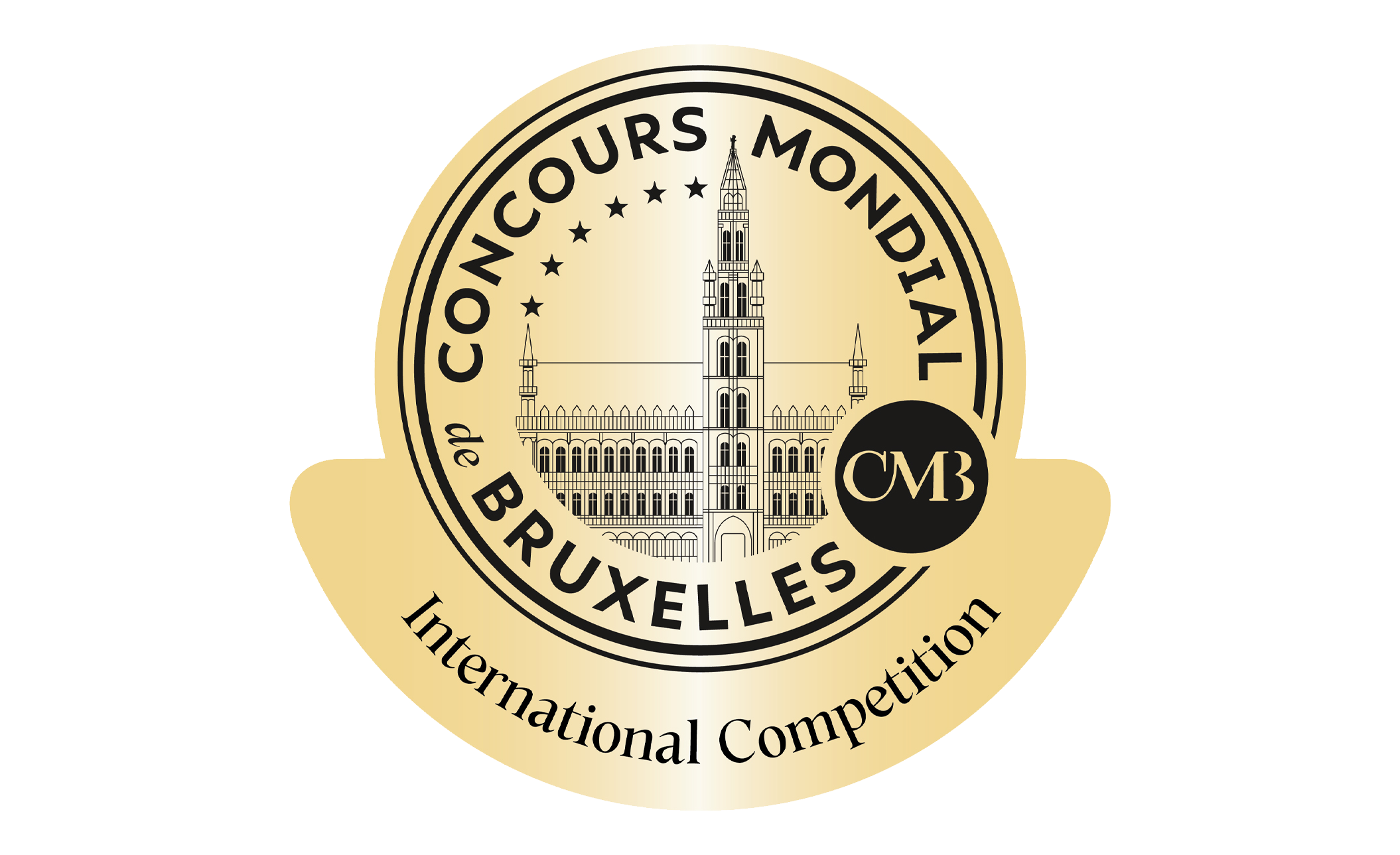Carmignano: a 300 years history
At Carmignano, wines have been produced through the centuries, from the Roman era to Medieval times, through the Renaissance to the modern epoch. Cosimo the 3rd de' Medici issued an edict in the year 1716 which is the first example of the delimitation of an area for a DOC denomination, concerning Carmignano, Chianti Classico, Chianti Rufina-Pomino and Valdarno di Sopra are now-adays well recognised DOCG and DOC areas which, in the year 2016 attained 300 years of denomination status.
The local name, at Carmignano, for Cabernet Franc and Sauvignon grapes, is “Uva Francesca”, or French Grapes. It is told that Catherine de Medici, queen of France in the sixteenth century, was the one to have imported the first cuttings of this vine. Later, Cosimo III sent his enologists to Bordeaux to perfect their knowledge of this particular vine, which then became widely cultivated at Carmignano.
The geographical area delimited by the DOC denomination lies within the small mountain range of Montalbano, west of Florence. The slopes, favourably exposed and of relatively modest elevation, are open to the Florence-Prato plain, allowing the area good ventilation and adequate sunlight. Moreover, the fresh winds from the nearby Appennine range, which cool the torrid summer nights, create an optimal range of temperatures for the cultivation of vines. The rain falls mainly in autumn and winter, though moisture is never lacking in the summer. Even the Arno River plays an important role on climate.
The soils in the area have very different characteristics, from sandy soils of the Oligocene period, to the flaky clays with calcareous formations, or the large swathes of limestone and whitish chalky marl.
In 1975, this wine won DOC status, and successively, in 1990, was one of the first among Italian wines to attain DOCG status.
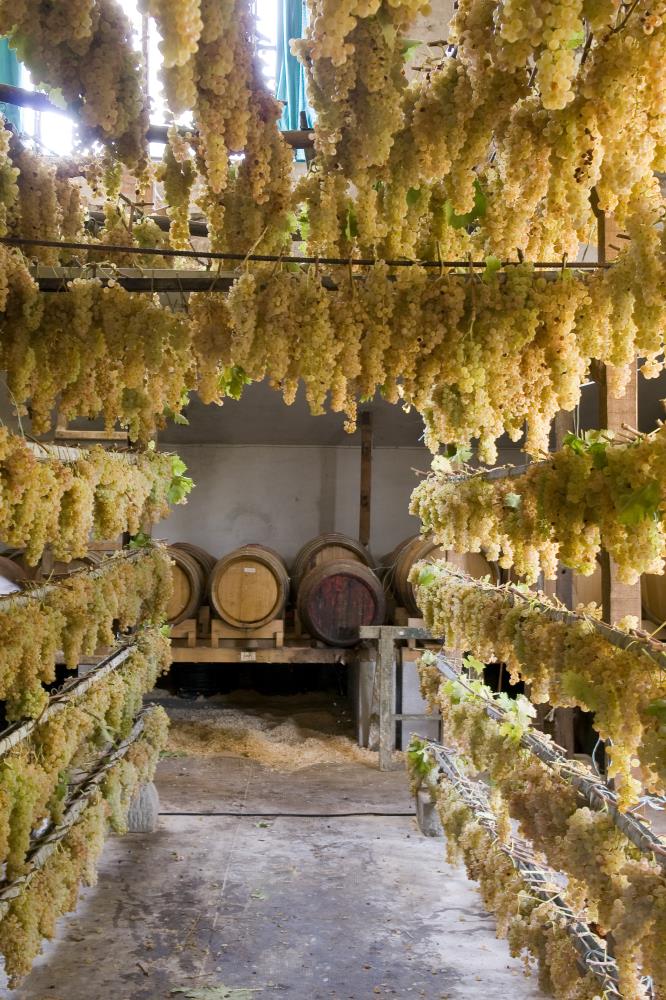
With only 200 hectares of vineyard, Carmignano is the smallest DOCG in Italy. There are another 120 ha classified IGP for a total of 320 ha. Total production in 2010 was about 5.376 hl from 16 producers, 12 of which members of the consortium.
The DOCG regulation states that the composition of Carmignano wine is to be made up of: Sangiovese, making up at least 50%, Canaiolo nero, up to 20%, Cabernet Franc and Cabernet Sauvignon, from 10 to 20%, white grapes up to 10%. Furthermore, other varieties of red grapes, mainly merlot and syrah, can make play a part in the composition of the wine up to 10% of the total. Last-ly, the wine must age in oak barrels, for at least eight months in the case of Carmignano and at least twelve months where Car-mignano Riserva is concerned. Other products: Barco Reale di Carmignano, Barco Reale di Carmignano Rosato (Vin Ruspo) and Vin Santo di Carmignano. The name Barco Reale derives from the huge Medici estate which covered most of the territory around Carmignano which was enclosed by a wall, the Muro del Barco Reale, which was more than thirty miles long.
40% of the product is sold on the Italian market, the remaining 60% is sold abroad. Carmignano is sent to most of the European Union , to the Baltic countries, Sweden and Norway, to the United States, Canada, Brazil, Japan and Mexico.
The wine production in Carmignano, is divided between:
- Barco Reale Rosato "Vin Ruspo" DOC
- Barco Reale Rosso DOC
- Carmignano e Carmignano Riserva DOCG
- Vin Santo di Carmignano DOC
Carmignano Consortium
